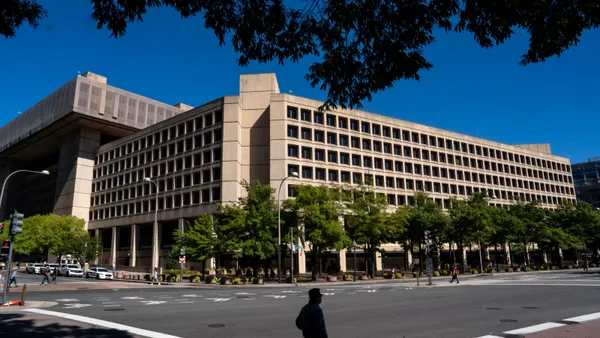Dive Brief:
- Voting along party lines, members of Wisconsin’s Senate Rules Committee blocked a proposed commercial building code update that proponents said would lower emissions, enhance safety, save energy and cut insurance costs.
- Calling the proposed update “arbitrary and capricious,” GOP lawmakers voting against the proposal said an economic impact analysis failed to adequately determine whether the update will increase costs for businesses and local governments.
- The update, which was recommended by Wisconsin’s Department of Safety and Professional Services, would have brought the state in line with the 2021 standards of the International Code Council, including the International Energy Conservation Code.
Dive Insight:
The proposal, Clearinghouse Rule 23-007, aimed to update chapter SPS 361-366 of the state’s commercial building code for existing buildings to ensure that commercial codes are consistent with “dynamic, contemporary regional and national construction and fire prevention practices and standards.” The proposed changes address administrative procedures, electrical systems, elevators, escalators, lift devices, gas systems, boilers and pressure vessels, plumbing, cleaning methods for historic buildings and solar energy systems.
“There’s a lot of variables that come into play” that make it challenging to attribute cost increases directly to the building code, DSPS Legislative Liaison Michael Tierney said at a July 18 hearing. Insurance costs for building owners could increase If the new code is not adopted, Tierney said.
Enacting codes that match 2021 ICC standards could generate millions of dollars in savings, according to a economic impact analysis conducted by Wisconsin’s Department of Administration. As part of that analysis, Polyisocyanurate Insulation Manufacturers Association President Justin Koscher pointed to a potential for as much as 30% in energy savings across the state, which would catalyze cost savings of around $170 million by 2030. “Updating codes would result in energy savings, monetary savings, more resilient towns and cities, more jobs and put money back into consumer's pockets," Koscher said in the statement.
“Wisconsin’s building code update is critical to reducing air pollution and greenhouse gas emissions associated with energy usage by commercial buildings,” Eric Kanter, government relations director at environmental advocacy group Clean Wisconsin, said in a statement presented July 18 to the Senate Committee on Housing, Rural Issues and Forestry and the Assembly Committee on Housing and Real Estate. Updating the code from 2018 standards to the 2021 version of the IECC could lead to a reduction of 5.27 million metric tons of carbon dioxide and about 436 metric tons of methane emissions over the next 30 years, Kanter said. Wisconsin’s current code follows the 2015 standards. Thus, aligning with the 2021 version could double those reductions, Kanter suggested.
During that hearing, opposition to the code update came from a coalition including the Wisconsin Builders Association, Wisconsin Manufacturers & Commerce, the Wisconsin Realtors Association and NAIOP, which represents commercial and industrial real estate developers. The sole verbal testimony opposed to the code update came from Associated Builders and Contractors of Wisconsin, a trade association representing nonunion building contractors.
The Senate Housing, Rural Issues and Forestry Committee recommended a rejection of the building code update in August.














